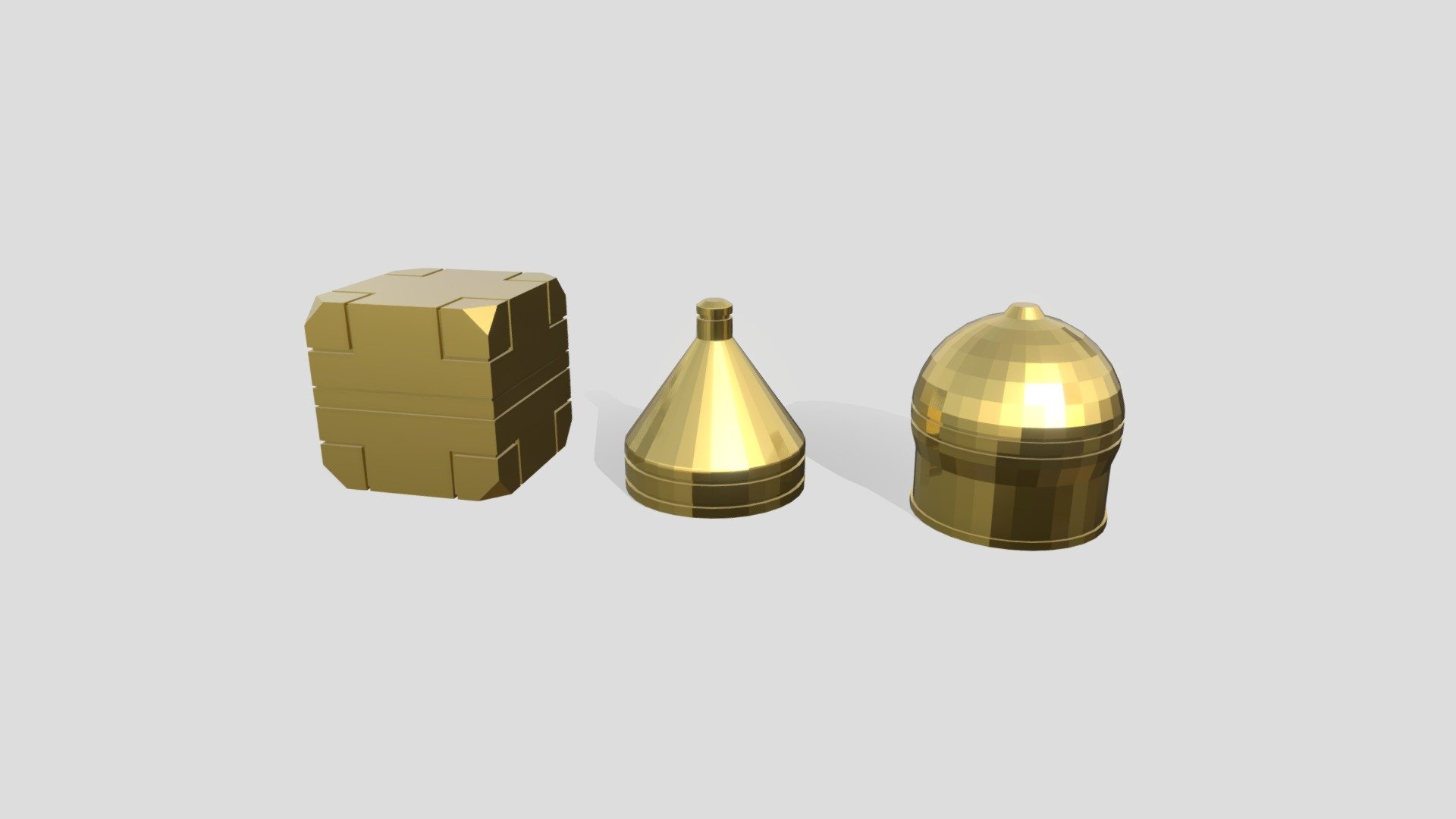
mesh-modeling_fundamentals_exercise01
sketchfab
The human body is a complex and highly adaptable system that is capable of performing a wide range of functions. From the intricate workings of the brain to the physical actions of the muscles, every part of the body plays a vital role in maintaining overall health and well-being. The skin is the largest organ of the body, covering approximately 22 square feet (2 square meters) and weighing around 6 pounds (3 kilograms). It protects the internal organs from external damage and helps to regulate body temperature by controlling sweat production. The skin also contains tiny hair follicles that produce hair, which can be found all over the body except for the palms of the hands and soles of the feet. Beneath the skin lies a network of muscles that enable movement and maintain posture. There are three main types of muscle tissue: skeletal, smooth, and cardiac. Skeletal muscles attach to bones and help move the body's skeleton, while smooth muscles contract and relax to facilitate processes such as digestion and blood flow. Cardiac muscles pump blood throughout the body. The circulatory system is responsible for transporting oxygen and nutrients to cells and removing waste products. It consists of the heart, arteries, veins, and capillaries. The heart pumps blood through a network of vessels that supply oxygen and nutrients to every part of the body. The nervous system controls communication between different parts of the body. It includes the brain, spinal cord, and nerves that transmit signals from sensory receptors to the brain. The brain interprets these signals and responds accordingly, enabling voluntary actions such as walking or talking. Respiratory organs, including the lungs, trachea, and bronchi, work together to bring oxygen into the body and remove carbon dioxide. Oxygen is inhaled through the nose or mouth and passes down the trachea before entering the lungs, where it binds with hemoglobin in red blood cells. Carbon dioxide, a waste product of metabolism, is transported back to the lungs, where it is exhaled out of the body. The digestive system breaks down food into nutrients that can be absorbed by the body. It includes the mouth, esophagus, stomach, small intestine, and large intestine. Food is chewed in the mouth before being swallowed and passing through the esophagus into the stomach, where it is mixed with digestive enzymes. The mixture then enters the small intestine, where most of the nutrient absorption takes place. The urinary system removes waste products from the body by filtering blood and producing urine. It consists of the kidneys, ureters, bladder, and urethra. The kidneys filter waste and excess fluids from the blood before passing them to the bladder for storage. Urine is then eliminated through the urethra. Overall, the human body is a highly intricate system that relies on the coordinated functioning of its various components to maintain overall health and well-being. Every part plays a vital role in maintaining balance and preventing disease.
With this file you will be able to print mesh-modeling_fundamentals_exercise01 with your 3D printer. Click on the button and save the file on your computer to work, edit or customize your design. You can also find more 3D designs for printers on mesh-modeling_fundamentals_exercise01.
